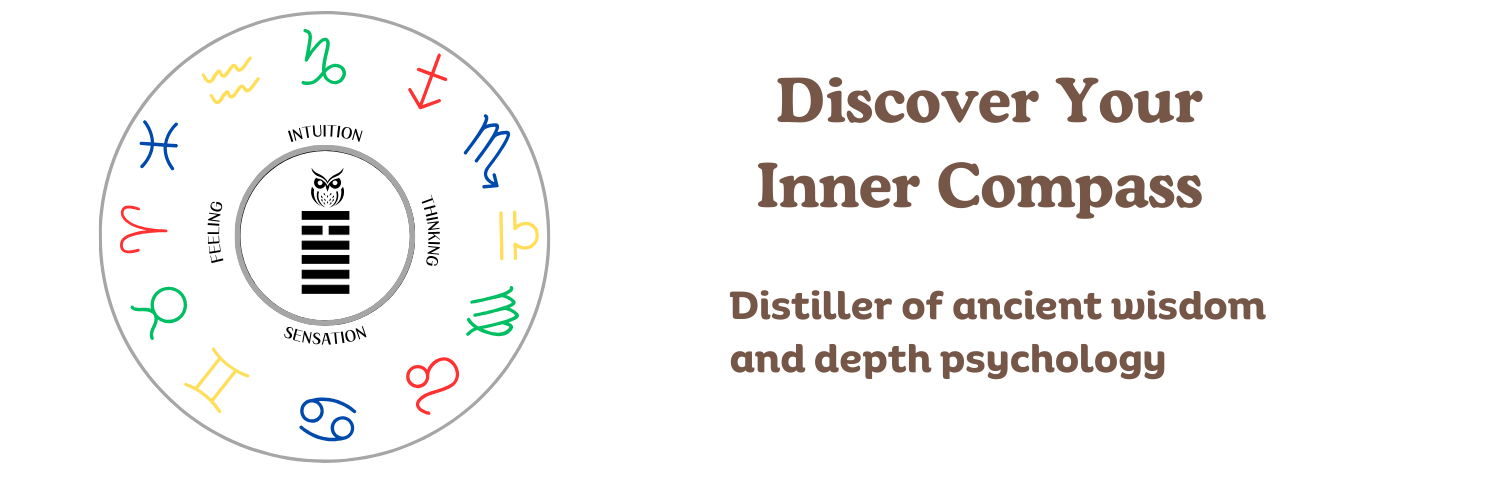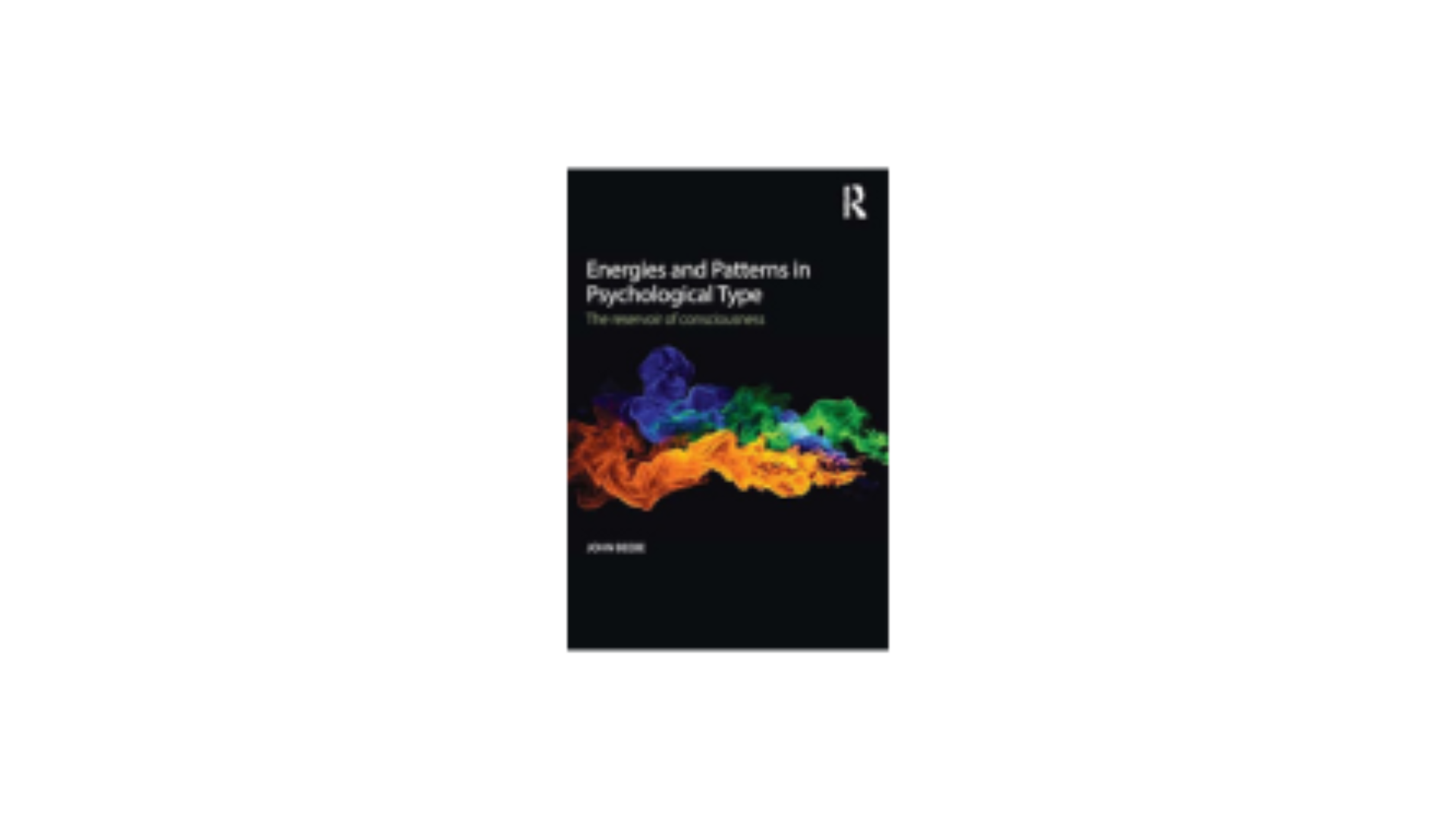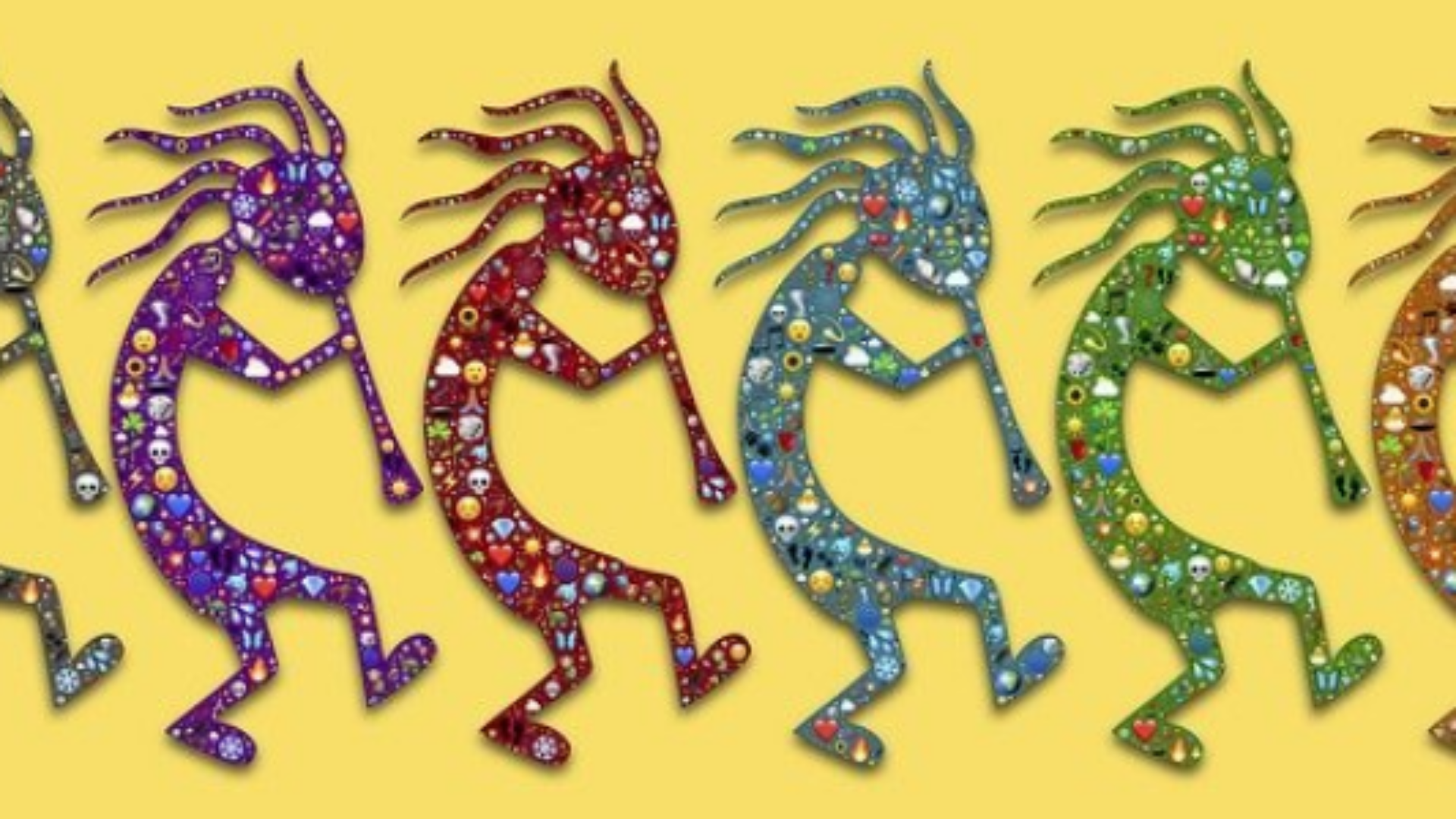When considering savior Blast in the Objective Personality System, it’s tempting to reduce it down to talking, teaching and organizing. But first you should ask yourself which of the 8 types of savior blast is under consideration. You need to see the whole to understand the part that is Blast.
Eight of the 16 animal stacks have savior blast. Savior Blast is in 128 of the 512 Objective Personality types.
A quick refresh on Blast: Shannon Renee of OPS describes it as follows in their 1/16/2020 Q&A video on the OPS website:
“What is blast? It’s being extremely conscious that you are delivering information as you are controlling the tribe. Communication is literally: have a beginning, have a middle, and have an end. When you are at the end, that is when you are giving to the tribe, so they can use it for themselves.
“Blasting is like, I want to give a plan, narrowed down points of information, so it can help them do something. Play energy is like, I’ll just talk and ramble. It’s one of the most annoying communication [styles], because you aren’t going anywhere.”
Below is a list of the 8 animal stacks that have savior Blast, starting with the most quiet or introverted and ending with the most extroverted. I’ve included the celebrities that Objective Personality has typed with these animal stacks and brief descriptions of that particular Blast combo.
Sleep Blast:
SB/C(P) — David Allen, Cassie Jaye, Steve Jobs.
It’s not surprising that the most quiet savior Blast animal stack is the one with the fewest typed celebrities. “When you combine blast with sleep…it changes the animal up. It dials down the blasting.”-Shannon Renee in the Jessica How to ADD part 1 video on the OPS website.
SB/P(C) — Rick Beato, Lindsay DeFranco, Novak Djokovic, Michael Dubin, Casey Neistat, Henry Rollins, Ray Romano, Gretchen Rubin, Zack Snyder, Sylvester Stallone, Martha Stewart, Jason Wilson.
This type will prioritize expending energy and interacting with others a bit more than SB/C.
Blast Sleep:
BS/C(P) — Margaret Atwood, Tim Ferriss, Michael Gerber, Maggie Gyllenhaal, Bruce Willis.
“Based upon all the Blast Sleep Consume that I’ve ever typed over the years … they’re very quiet, calm and introverted. They’re going to fool you because you’re going to think they don’t have Blast. — Dave Powers in the How to ADD part 1 video on the OPS website. This type has Play last, so it is similar to SB/C(P) in that they need to remind themselves to get physical exercise and get outside their heads and interact with others.
BS/P(C) — Lisa Bilyeu, Cate Blanchett, James Clear, Marie Forleo, Tulsi Gabbard, Tai Lopez, Cesar Millan, Joel Osteen, Chris Voss, Bronnie Ware.
This stack will have a bit more pep, as Play is the third animal. Consume is last, so the preference will be for getting information in the moment from interactions rather than slogging through a lot of books and information.
Blast Play:
BP/S(C) — Brene Brown, Barbara Corcoran, Viola Davis, Joe Dispenza, Kit Fife, Melinda Gates, Kamala Harris, Robert Herjavec, Mindy Kaling, Hoda Kotb, Kristen Leo, John Maxwell, Erwin McManus, Michelle Obama, Brittany Snow, Sonia Sotomayor, Oprah Winfrey.
Now we’re in extroverted territory, with Blast and Play both in the top two of the animal stack. Play is interactive and good at back and forth exchanges and drawing other people out. It can also provide a lot of detail, but Blast is at the top, so the communication will tend to be focused. Rather than rambling about lots of disparate topics, they will instead talk into detail about a single topic or event. Sleep in the third position helps ensure they pace themselves and they may often seek out downtime. For example, Oprah Winfrey sometimes describes herself as an introvert, which is likely due to have Sleep in the third position.
BP/C(S) — Chris Angel, Derren Brown, Dale Dye, Hannah Hart, Hasan Minhai, Jess McCabe, Ed Mylett, Lisa Nichols, Dr. Phil, Chael Sonnen, Stephen Speaks, Kanye West, Eugene Yang, Lauren Zander
Similar to BP/S above in regards to speaking style, except Consume is in the third slot and Sleep is last. So they run themselves into the ground more often and place more of a priority on gathering more information.
Play Blast:
PB/S(C) — Felicia Day, John Dejoria, Arianna Huffington, Byron Katie.
Play is at the top, so this stack is very energetic, but Blast is there to provide at least a modicum of structure and focus. Consume is last. Sleep in the third position will help ensure they recharge a bit, but that recharging might not tend to come from Consume activities.
PB/C(S) — Daniel Amen, Chelsea Handler, Tony Horton, Kimbra J, Luvvie Jones, Mo’Nique, Mel Robbins, Tony Robbins, Lilly Singh, Gary Vaynerchuk, Lana Wachowski, Lauren Zander.
Full on extroverted types. Sleep is last so, especially younger in life, they will run themselves into the ground if they aren’t careful. Gary Vaynerchuk is a good example of this type. He narrows his focus to a handful of topics that he speaks extemporaneously about (he never prepares for or uses notes during keynote addresses, for example) and spends his days constantly talking to clients. Although he can easily talk at length, there is a focus to his talks. He heavily consumes comments on his social media posts but never reads books.
The Objective Personality animals can help us understand and manage our energy better. Being more aware of how we use Blast, even when it is not a savior, can improve how we interact with others.








